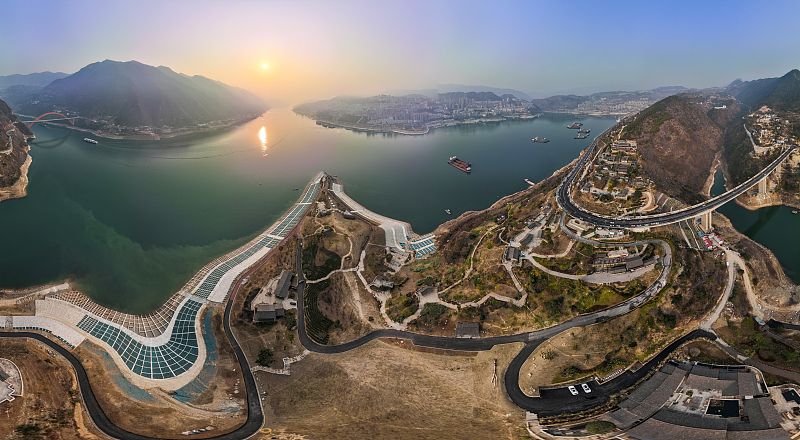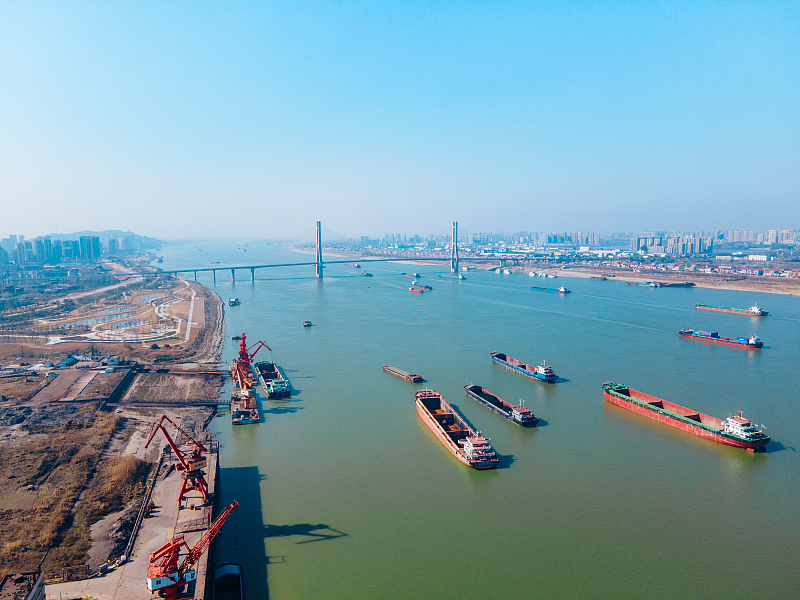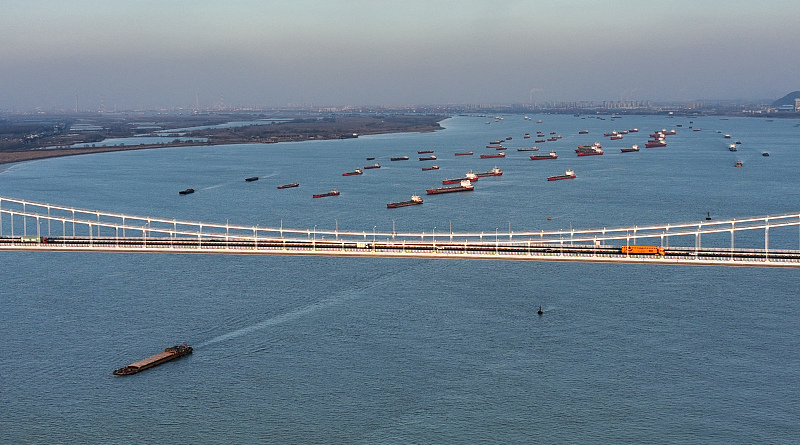A project to create a number of parks along the Yangtze River is now under construction, involving 13 provincial-level regions.

A view of the Chongqing section of the Yangtze River. /CFP
A view of the Chongqing section of the Yangtze River. /CFP
The Yangtze River is the mother river of the Chinese nation. Flowing about 6,300 kilometers from the Qinghai-Tibet Plateau to the East China Sea, it is the longest river in Asia, and the third-longest river in the world. It feeds nearly one third of China's population, weaving a rich and splendid cultural tapestry as it continues to nourish Chinese civilization.

A view of the Yangtze River in Ezhou, Hubei Province. /CFP
A view of the Yangtze River in Ezhou, Hubei Province. /CFP
The river has played a crucial role in the historical and cultural development of Chinese civilization. People living along the Yangtze River have formed distinctive cultural regions, including the Dian cultural region (Yunnan Province), Qian cultural region (Guizhou Province), Bashu cultural region (Chongqing Municipality and Sichuan Province), Jingchu cultural region (Hubei Province), Huxiang cultural region (Hunan Province), Gan cultural region (Jiangxi Province), Jianghuai cultural region (covering parts of Anhui and Jiangsu provinces), and Wuyue cultural region (Zhejiang Province, Jiangsu Province and Shanghai Municipality). The construction of the Yangtze River cultural parks will form a line to support the restoration and development work of the ecological environment, protect cultural heritage and encourage sustainable development along the river.

A view of the Yangtze River in Nanjing, Jiangsu Province. /CFP
A view of the Yangtze River in Nanjing, Jiangsu Province. /CFP
The primary role of this project is to present the cultural value of the Yangtze River by protecting its natural scenery and cultural heritage. The government has been taking measures to restore the waters, wetlands, mountains and the flora and fauna in these areas to protect the biodiversity of the Yangtze River. A series of investigations helped to map out an action plan to protect the cultural heritage of the Yangtze River, leading to the creation of classified catalogs, archives and databases of the cultural heritage assets of the river.